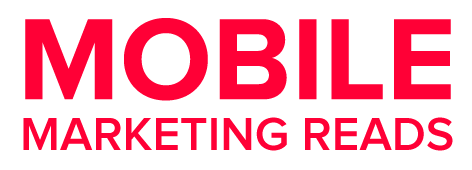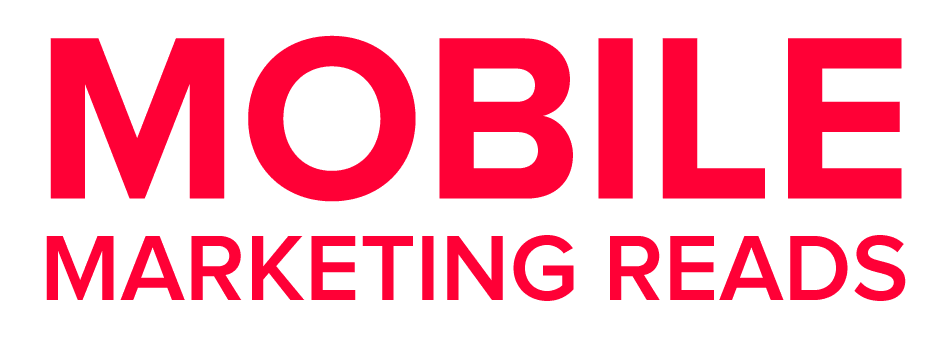Internal documents indicate that Meta has generated a notable share of its annual advertising revenue from promotions linked to scams and banned products. Estimates referenced in materials obtained by Reuters suggest the company anticipated that around 10% of its 2024 revenue — approximately $16 billion — could come from advertising activity classified internally as fraudulent or high-risk.
According to the documents, Meta’s platforms, including Facebook and Instagram, routinely displayed large volumes of ads flagged as potentially misleading. One internal assessment from December 2024 estimated that users were exposed to around 15 billion of these “higher-risk” ads per day. Many of these promotions have been linked to investment scams, illegal gambling, and unlicensed medical products.
The company employs automated systems to evaluate the likelihood that an advertiser is running fraudulent campaigns. However, the documents indicate that Meta only suspends an advertiser’s account when the system’s confidence level reaches at least 95%. For advertisers who fall below that threshold but still trigger suspicion, Meta has reportedly applied higher pricing in its auction system, increasing the cost of ad placement as a deterrent. In practice, this approach has sometimes resulted in additional revenue from suspected scam advertisers.
Separate internal materials reviewed between 2021 and 2025 point to ongoing challenges in reducing user exposure to fraud. Meta researchers estimated that scam attempts, including both paid ads and unpaid posts, have reached billions of users globally. Reports also note that users who engage with scam content may be shown further similar ads due to personalization algorithms that prioritize demonstrated interest patterns.
Meta has rejected the conclusion that it knowingly benefits from fraudulent activity. In response to Reuters’ reporting, company spokesperson Andy Stone said the documents represented a selective interpretation and emphasized that Meta has increased enforcement efforts, removing more than 134 million scam ads and reducing user reports of such ads by 58% over the past 18 months.
Regulators in various regions have shown interest in the findings. U.S. agencies, including the Securities and Exchange Commission, are reviewing Meta’s handling of financial scam advertising. In the United Kingdom, financial authorities have previously identified Meta platforms as a major source of scam-related losses.
The internal strategy documents cited also outline plans to gradually decrease the proportion of revenue derived from scam-related advertising over the next several years. However, records also indicate consideration of revenue impact limits and a focus on enforcement efforts in markets where regulatory action is viewed as more likely.






Comments
Loading…